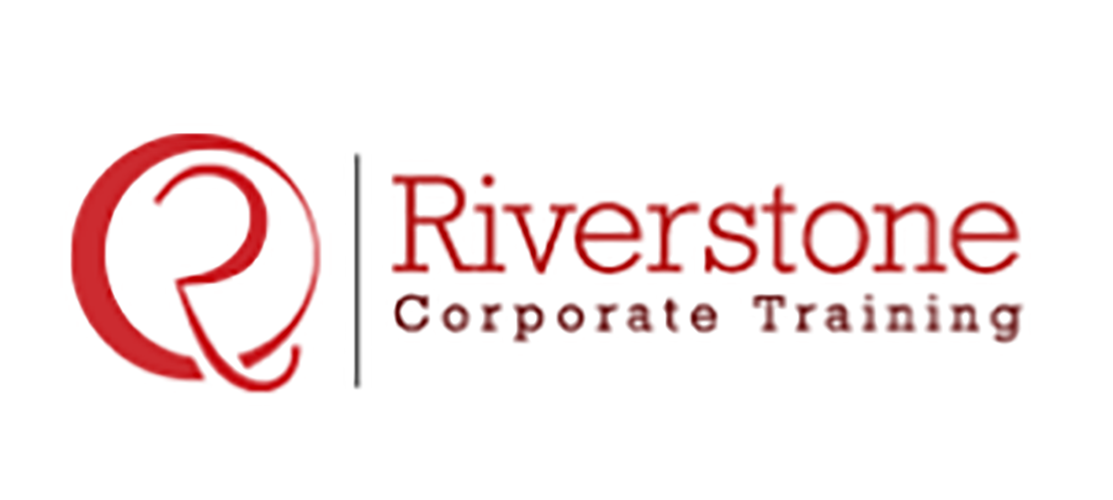
Corporate Credit Course
The course equips you with a comprehension of the various concepts in credit analysis, which will enable you to make decisions in crucial corporate credit scenarios. Our curriculum offers in-depth knowledge on how to conduct a quantitative evaluation of the various business and financial factors of a company, thereby enabling the participants to acquire the necessary skills for becoming a successful credit analyst. Besides, the course is very engaging and interacting, and thus, it facilitates the participants to apply the concepts learned into their routine professional tasks with precision.
Overview of Corporate Credit Course
Who should attend
Anyone who wants to enhance their expertise in corporate credit analysis should attend this course, which includes:
- Professionals aspiring to have a career as analysts;
- Business analysts; Heads of departments, managers, and executives;
- Corporate analysts and corporate credit rating analysts;
- Investment bankers and corporate bankers;
- Private equity Course analysts;
- Business owners and entrepreneurs.
Methodology
Non-theoretical methodology which includes live teaching, interactive discussions, case studies, and assignments to understand the concepts and their applicability. We request you to have your laptop with Microsoft Excel installed. As a policy, we limit the class size to 10 participants so that we can provide attention to each participant and ensure their objective is achieved.
Trainer
This course will be conducted by an experienced training consultant having more than 20 years of industry experience with some of the world’s leading financial institutions, specializing in corporate finance, investment banking, and private equity.
Module – 1: Corporate Credit Analysis: Introduction
- Why is credit needed?
- Various types of credit and industry structure
- Importance of credit analysis
Module – 2: Credit Analysis: Assessment and Measurement
- Various types of assessment tools and methods
- How to apply the same in analysis
- Key mistakes to avoid
Module – 3: Credit Analysis Framework
- Analysis of credit analysis framework
- Apply various factors of credit framework
- Significance in decision-making and scrutinization
Module –4: Borrower Rating and Analysis
- Managing and process borrower rating
- Analyzing threats in the operating environment, capital markets, and industry of the borrower
Module – 5: Assessment of Business Risks
- Study of the types of risks in credit evaluation
- Assessing business and financial risks
- Managing the risk of business
Module – 6: Strategic Company Analysis
- Impact of life cycles on the company
- Strategic advantages and disadvantages – competitive advantages, industry forces, etc
Module – 7: Strategic Company Position Analysis
- Competitive ratings in the industry and its impact
- Analyzing the operating risks
- Major causes of the company’s decline
Module – 8: Analysis of the Company’s Financial Statements
- Reviewing the company’s financial information
- Undertaking income statement analysis
- Analyzing revenue, profitability, and asset, ratios
Module – 9: Cash Flow Analysis
- The importance of cash flow
- Studying the cash conversion cycle
- Significance of critical ratios such as DSCR, LLCR, leverage ratios, etc
Module – 10: Evaluation of Operation and Company Structure
- Reviewing the company structure
- Concept of multiple layer formation
- Process of the management assessment framework
Module – 11: Approval of the Credit Process in Banks and Corporates
- Overview of the process of loan sanction
- Understanding various financial and non-financials factors
- Studying the sample contents of a loan scoring
Module – 12: Preparation of Credit Note for Loan
- Review of a sample credit note
- Content and its applicability
- Key mistakes to avoid
Module – 13: Management of Credit
- Studying the different types of risks and mitigations
- Company level vs. group structure risk
- Onetime vs. continuous management
Module – 14: Debt Structuring and its Elements
- Importance of debt structuring
- Reviewing the elements in debt structuring
- Different types of structure and its benefits
Module – 15: The Role of Documentation and its Types
- How reliable documentation helps a lender
- Assessing risk coverage through loan documentation
- Role of covenants and how to set up a bank covenant spectrum
Module – 16: Financial Distress: Causes and Effects
- Signs and causes of financial distress
- Effects of financial distress
- Potential options for financial distress?
Module – 17: Restructuring Analysis: Short-term Strategies
- Studying the phases of restructuring and its benefits
- When should companies take up redesign?
- Analyzing long-term strategies in restructuring
Module – 18: The Credit Rating Process
- Why is it crucial
- Structure of the rating preamble and study of a sample credit rating report
- Credit rating team structure
Module – 19: Principal Factors in Credit Rating
- Process to calculate your business credit score
- Types of credit ratings followed globally
- Key rating factors across various industries
Module – 20: The Credit Rating Agencies and Committees
- Processes followed in a credit rating agency
- Data collection and its analysis
- Key points to deal with rating agencies


